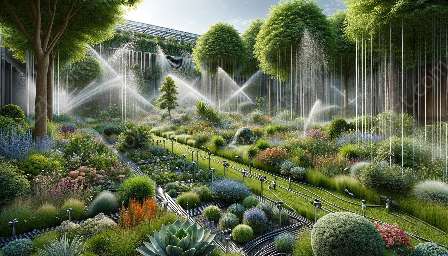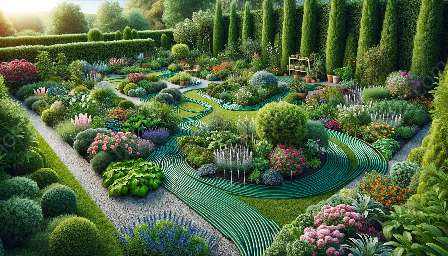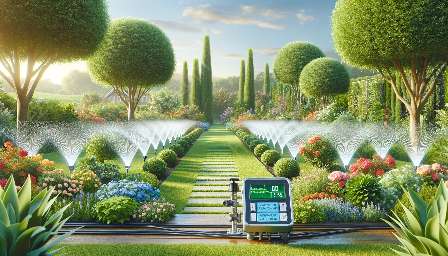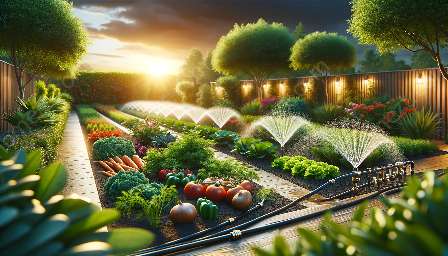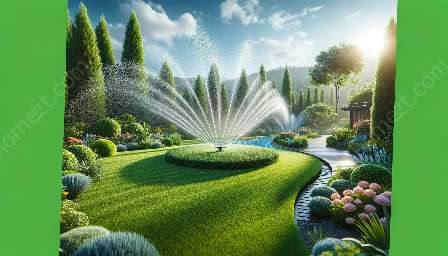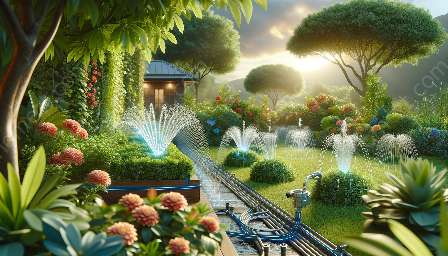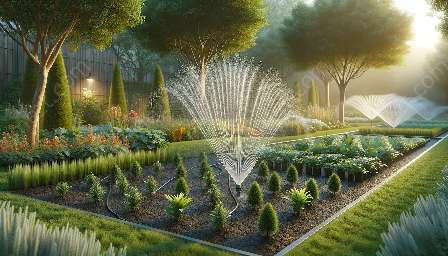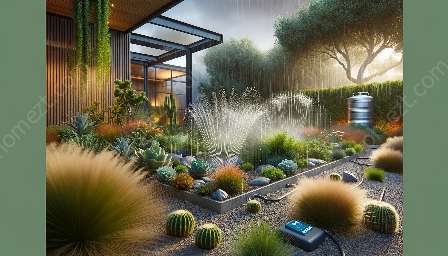Rainwater harvesting is an important and sustainable practice that offers numerous benefits for gardening and landscaping. In this guide, we will explore the significance of rainwater harvesting, its compatibility with watering techniques, and its contributions to gardening and landscaping.
Brief Overview of Rainwater Harvesting
Rainwater harvesting is the process of collecting and storing rainwater from roofs, land surfaces, and other areas for future use. This practice has been gaining attention due to its environmental, economic, and social significance. It provides an alternative water supply that can be used for various purposes, including gardening and landscaping.
Benefits of Rainwater Harvesting for Gardening and Landscaping
Rainwater harvesting offers several advantages for gardening and landscaping:
- Environmental sustainability: It reduces the demand on traditional water sources, such as municipal water supplies and groundwater, thereby conserving natural resources.
- Cost-effectiveness: It decreases water bills and reduces the reliance on purchased water for irrigation, leading to significant cost savings for gardeners and landscapers.
- Water quality: Rainwater is naturally soft and free from contaminants, making it ideal for watering plants and maintaining healthy soil.
- Improved plant growth: Rainwater contains essential nutrients that can enhance plant growth and overall garden health.
Methods of Rainwater Harvesting
There are various methods of rainwater harvesting, each with its unique advantages and applications:
- Roof-based harvesting: This method involves collecting rainwater from rooftops and transferring it to storage tanks or cisterns for later use. It is particularly suitable for urban gardening and landscaping where space is limited.
- Surface water harvesting: It entails capturing rainwater from open surfaces, such as driveways, pathways, and gardens, and directing it into a collection system, such as swales or retention ponds.
- Localized rainwater capture: This approach focuses on capturing and using rainwater directly where it falls, such as by directing it to specific planting areas or using it for small-scale irrigation.
Integration with Watering Techniques
Rainwater harvesting can complement various watering techniques commonly used in gardening and landscaping:
- Drip irrigation: The collected rainwater can be utilized in drip irrigation systems, providing a consistent and efficient means of watering plants with minimal water loss.
- Soaker hoses: Rainwater can be channeled through soaker hoses to deliver targeted irrigation directly to the root zones of plants, promoting healthy growth and water conservation.
- Sprinkler systems: Rainwater can supplement traditional sprinkler systems, reducing the reliance on potable water for lawn and garden irrigation.
Contributions to Gardening and Landscaping
Rainwater harvesting plays a significant role in enhancing the sustainability and beauty of gardens and landscapes:
- Healthy plant growth: The use of harvested rainwater ensures that plants receive the purest form of water, promoting robust growth and vitality.
- Environmental stewardship: By reducing the demand for municipal water supplies, rainwater harvesting supports ecological balance and conservation efforts.
- Aesthetic appeal: Water features, such as ponds and fountains powered by rainwater, add charm and tranquility to landscapes, creating a harmonious environment.
By integrating rainwater harvesting with watering techniques, gardeners and landscapers can create thriving, sustainable outdoor spaces while minimizing their environmental impact and resource consumption.
Implementing rainwater harvesting in gardening and landscaping practices not only helps conserve water but also promotes a greener, more sustainable approach to outdoor water usage. Its compatibility with various watering techniques enhances its versatility and applicability, making it a valuable asset for eco-conscious gardeners and landscapers.

